MANAGEMENT & MARKETING
The Golden Age of Orthodontics: Already Ended or Just Beginning?
Every few months, JCO presents a successful approach or strategy for a particular
aspect of practice management. Your suggestions for future topics or authors are
welcome.
I’m an orthodontist, just like you. The only difference is that I practiced at a different time.
I went out and started my own practice from scratch, somewhat through trial and error, but also by drawing on my education and the mentors available within the orthodontic community. My practice grew over the years. I opened a satellite office, brought on a partner, and, at the age of 65—after more than 40 years of practicing orthodontics—I sold that business. After retiring from private practice, I became CEO of a digital marketing consultancy for orthodontists that my daughter Amy and I started in 2011.
I’ve been blessed. I love our profession and, yes, I’m as concerned as you are about the future of our specialty. I’ve heard the chatter. Younger orthodontists tell me how lucky I was to practice in the “Golden Age” of our profession. Looking back, I suppose I did have a much easier time, because change came more slowly than it does now. I also remember thinking as a resident, however, how lucky my instructors were because they practiced in what I thought of as the Golden Age. I presumed the era of pinching bands and placing dumbbell separators between lower incisors had been the best time to be an orthodontist.
The Golden Age seems to be perpetually in our rearview mirror. In reality, change is always happening. Progress is always being made. I actually believe we are just on the verge of a new Golden Age of orthodontics. You see, it’s not just the change—and COVID-19 has only accelerated this evolution in the orthodontic industry—but how you react to the change that will determine whether your practice is entering or exiting a Golden Age of its own.
Similar articles from the archive:
- MANAGEMENT & MARKETING Adapt or Perish: New Digital Communication Technology Helps Disrupt the Disrupters of the Orthodontic Industry January 2020
- MANAGEMENT & MARKETING The Future Is Now: How Millennials, Tech, and a Chess-Playing Computer Are Changing Orthodontics October 2017
- Effective Use of Social Media January 2020
Let me give you a few examples from my own practice over the years. When I began my career, there was no orthodontic insurance. When it became more widespread, I was one of the last to accept it as partial payment. It was a philosophical decision, because I believed the relationship should be between the patient and the insurance company. As more and more orthodontists began accepting insurance and my practice growth leveled off, however, I had to reevaluate my position. During the gas and housing crisis in the early 1980s, I also reevaluated my financial arrangements; I no longer required a 25% down payment to get treatment started.
At any point, I could have thrown up my hands, lamenting the changes in our industry. Instead, I made adjustments to adapt to the changing business environment. Sometimes they were painful. But in the end, they worked out, and I learned something: whether I liked the change or not, I had to adapt to survive.
Change is happening again. And as I said, it is coming at a much faster pace than ever before.
10 Things to Do Today
In light of the rapidly changing business climate, our clients often ask, “What would you do?” I believe we can adjust the way we run our practices without compromising our principles and can continue to serve our patients well.
What would I do now? Here are 10 things that come to mind if I were still practicing:
1. Adjust my hours. People are busier than ever. Often, both parents are working. Kids are scheduled down to the last minute with activities. Take a page from the banks, because not even bankers have “banker’s hours” anymore. I would definitely add evening and/or weekend hours to make it more convenient for families to make appointments.
2. Make it affordable. The biggest barriers to entry for most families are the initial payment and monthly options. If you’re not doing so already, accept insurance as partial payment. Extend payments beyond treatment time, six to 12 months if necessary. If there is a second child and the family has a good payment history, be flexible and forgo the initial payment. Remember that affordability is more important than your total fee. Various reports, including the biennial JCO Orthodontic Practice Studies, have shown that delinquency rates are extremely low in orthodontics.
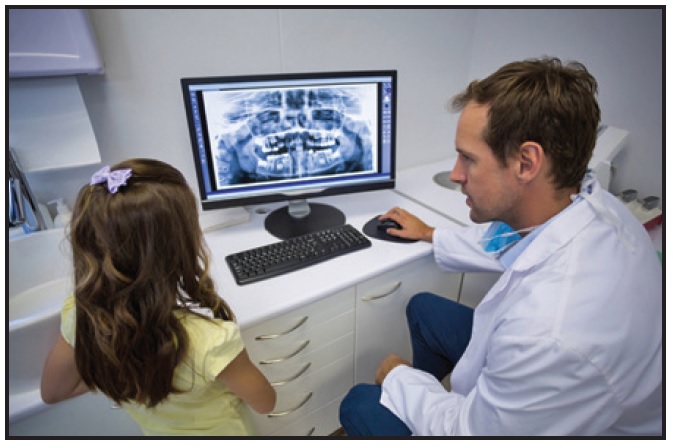
Photo © Wavebreakmedia Ltd., Dreamstime.com.
3. Be more transparent. I’d give people all the information they need to make a decision at the first visit. Most people want to know how long, how much, and which appliances are appropriate. If I really weren’t sure, I’d give them my best approximation and take records. Nowadays, for many families, time is as valuable or even more valuable than money. Don’t waste their time just because you think bringing them back three times before starting treatment will raise your conversion rate. It doesn’t. It just annoys people.
4. Speak their language. If I were practicing today, I would adapt my communication and treatment to appeal to “digital natives.” Give patients the ability to take a few photos of their teeth and send those in as an initial contact tool. (By the way, this does not replace the records and consultation; it merely offers another way of attracting new patients who are curious about whether they would be aligner candidates, for example. Think of it as your conversation starter.)
5. Learn to treat more with plastic. I’d take courses with experienced clear aligner clinicians and learn to treat more cases, without compromising the results I could achieve with plastic. I’d learn how to convert more aligner cases by performing hybrid treatment. Aligner companies spend more than $300 million a year in advertising; you can piggyback on that awareness.
6. Embrace technology. It may seem like science fiction, but it’s not. Artificial intelligence (AI) is being embedded in almost every new piece of software. I’d begin by learning more about the new AI tools that enable fewer visits with enhanced orthodontic oversight and improved patient communication. I would explore digital printers as a way to lower overhead costs, making simple cases less expensive. Look into remote monitoring platforms that will allow you to manage treatment virtually. Again, time is valuable—for both your patients and your practice.
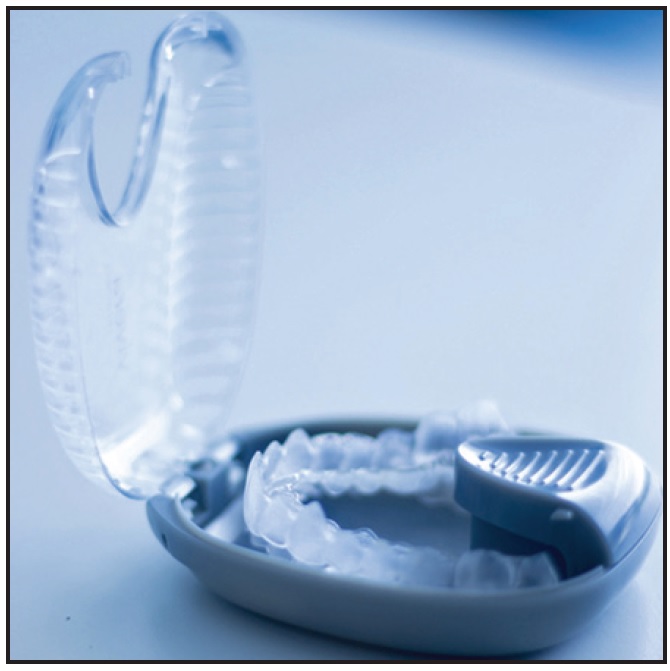
Photo © Edward Olive, Dreamstime.com.
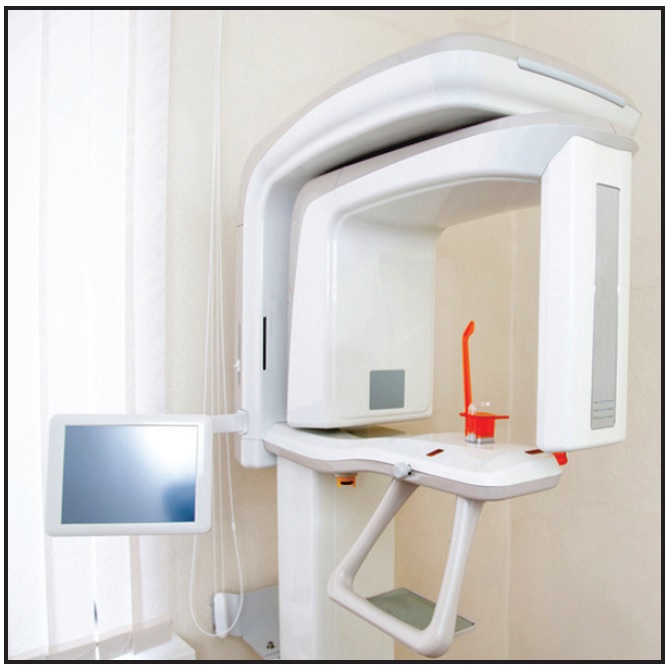
Photo © Truecash2k8, Dreamstime.com.
7. Take back limited treatment. I’d discuss all treatment options with new patients, including options of corrective jaw surgery as well as limited treatment, and give my professional recommendation. I’d share what I would do if it were my spouse or child being treated. Recognize, however, that after the case presentation, it’s their decision. If they want only limited treatment, and it can be done safely, we should be the ones doing it.
8. Use social media. I’d let my patients advertise for me. There are so many strategies you can employ these days that enable your patients to become your best advocates. Online reviews, contests that are open to friends and family (not just patients), and engaging content can incentivize patients to share your practice’s brand with their social media networks.
9. Leverage digital advertising. I wouldn’t wait for the legal process to limit my direct-to-consumer (DTC) competition or expect the AAO Consumer Awareness Program to grow my practice. Right now, I’d be educating my community. If you don’t have a blog page on your website, start one.
Even that is not enough. Who will read it? I’d use the sophisticated advertising platforms on Facebook* and Instagram* to drive the best prospective patients to my blog content. Digital advertising is smart—it can target multiple data points, including geolocation, age, family status, and a number of other specific criteria. My digital marketing strategy would convey the many benefits of visiting my orthodontic office, comparing my experience and my expertise with DTC alternatives.
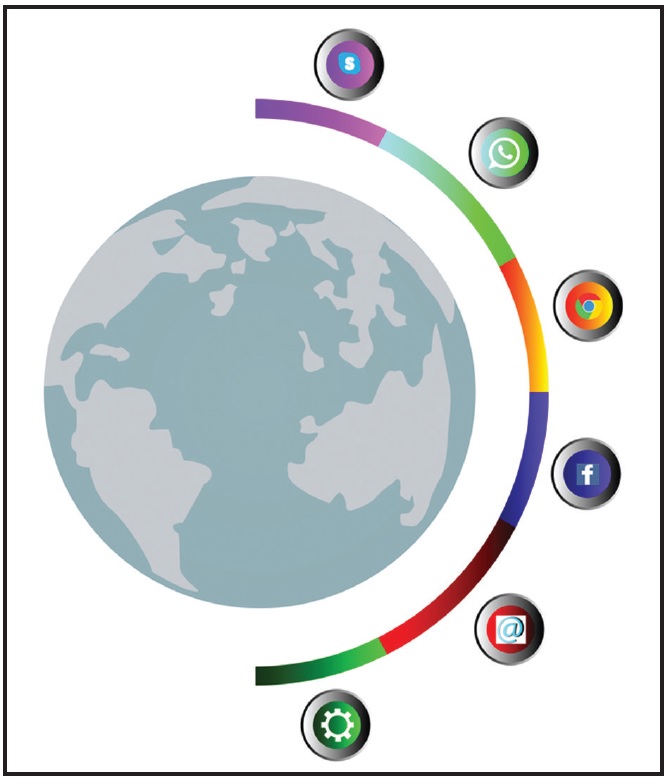
Image © Chinthaka Dissanayaka, Dreamstime.com.
10. Lean into DTC. I’d be looking for opportunities to discuss DTC aligners with my patients at every opportunity. My staff would be well trained on this topic. I’d also make sure I had content on my website addressing DTC options, and I’d have a stack of the AAO consumer alert flyers (www.aaoinfo.org/wp-content/uploads/2019/03/AAO-Consumer-Alert-DIY-2019-flier-hl.pdf) to hand out whenever the topic was raised. I would not shy away from the conversation; I would lean right into it. I’d make sure the people in my community really knew the value of seeing an orthodontic specialist. My messaging would promote the benefits of taking x-rays before initiating tooth movement. I’d make sure they knew why I require that they be periodically evaluated during orthodontic treatment, instead of just giving them all the aligners without any monitoring. Don’t assume people know this already.
How many times have you heard people refer to their general dentists as being orthodontists because they offer aligners? Don’t blame them. You may be surprised to learn that many prospective new patients in your local community don’t know as much as you think about orthodontics. It’s up to us to educate the public on why orthodontists are specialists.
Conclusion
I believe the decision as to whether we are leaving or entering the Golden Age is really a choice that is entirely up to each individual orthodontist. This is what I would do; the more important question is what will you do?
FOOTNOTES
- *Registered trademark of Facebook, Inc., Menlo Park, CA; www.facebook.com.



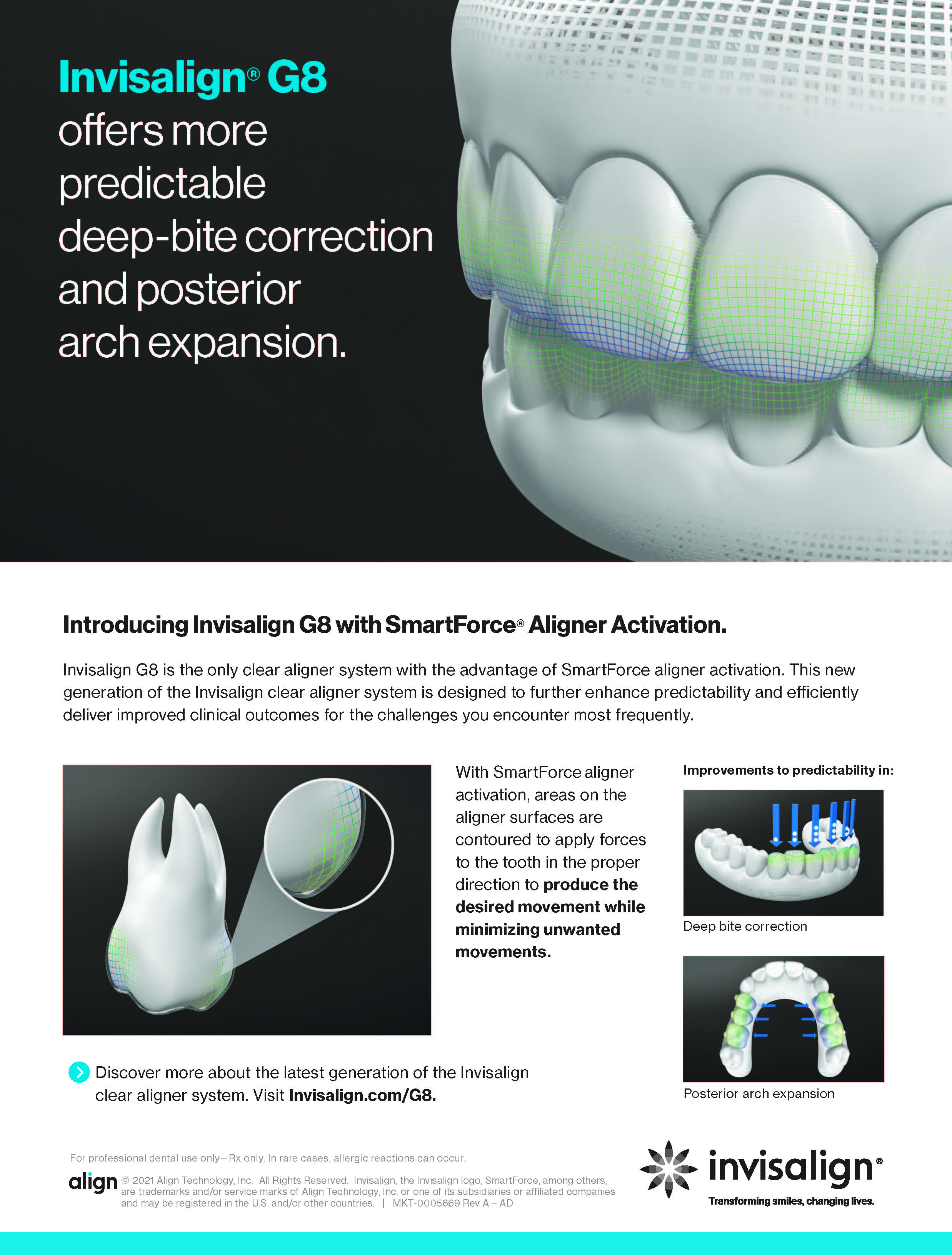
COMMENTS
.